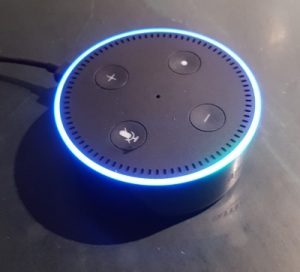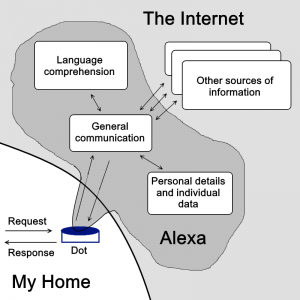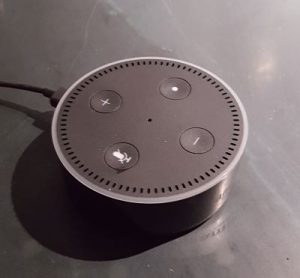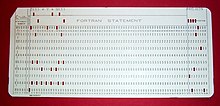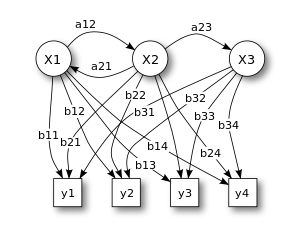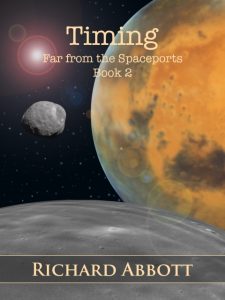
Last weekend I watched the first episode in the Netflix series The Expanse. I’ve been meaning to do this for some time, since it’s a rare example of a science fiction story set in the moderately near future, when humanity has begun colonising parts of the solar system out to the asteroid belt. In it, people have not invented anything truly extraordinary like warp drive or matter transporters, nor discovered aliens and the like. Travel between the various settlements – the moon, Mars, and the asteroid Ceres in particular – is slow, and you have to think carefully about the consequences of a planned trip or course correction.
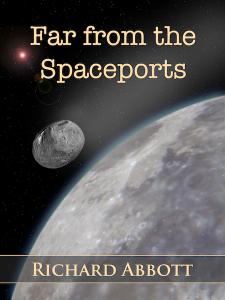
To that extent, it’s broadly the same as the world I have imagined in Far from the Spaceports and the follow-up books. The differences arise mostly, I think, because of the need to have a long TV series with cliff-hangers at roughly hourly intervals. Solar system society is much more militarised than I imagine, and is also split into warring factions.
So the Earth-moon system, under the control of a more aggressive UN, is at odds with Mars, which wants self-rule and has already tooled up for war. The inhabitants of Ceres and elsewhere in the asteroid belt appear to be living a kind of slave existence controlled by both Earth and Mars. This control appears to be exercised largely through throttling the supply of air and water, threatening to cut it off if the voices of dissent get too strong. As I’ve blogged before, this kind of economic domination would have seemed credible a few years back, but available evidence indicates that water can be found just about anywhere in the solar system that we might choose to go. If future Earthlings try to economically dominate the other planets and moons, water would be a singularly bad resource to pick!
That said, the first episode flowed well, with three major plot strands which I suspect will start to become entangled at some stage. I found several things encouraging about the presentation. For one thing, problems of distance, speed, and inertia are real problems that aren’t just magicked away. Moving in low gravity was presented better than I’ve seen in most other programmes. Bodily adaptations to low gravity make sense, as does the awfulness of having to survive on Earth for a person brought up in microgravity.

I was particularly chuffed to see that the show’s presenters included bird life within the habitat on Ceres! Not the lively and personable parakeets of Far from the Spaceports, but the humble sparrow cheerfully making its own changes and learning to fly in low-g.
The Expanse shares a problem with a great many modern series, especially those coming across the Atlantic. The dialogue is spoken very quickly and quietly, and you feel you could easily be missing important clues. Along with that, many of the sets are gloomy to the point of frustration (gloomy in the obvious sense, quite apart from any metaphorical one). The screen writers are obviously aware of this, as they have one character asking why it is that when humans cane out into the darkness, they didn’t bring more light with them!
But worth watching, and I shall be following the series over the next few weeks. It’s also based on a series of books, and I’ll be following up on them as well to see similarities and differences… first impressions are that the books are easier to follow than the TV series…









